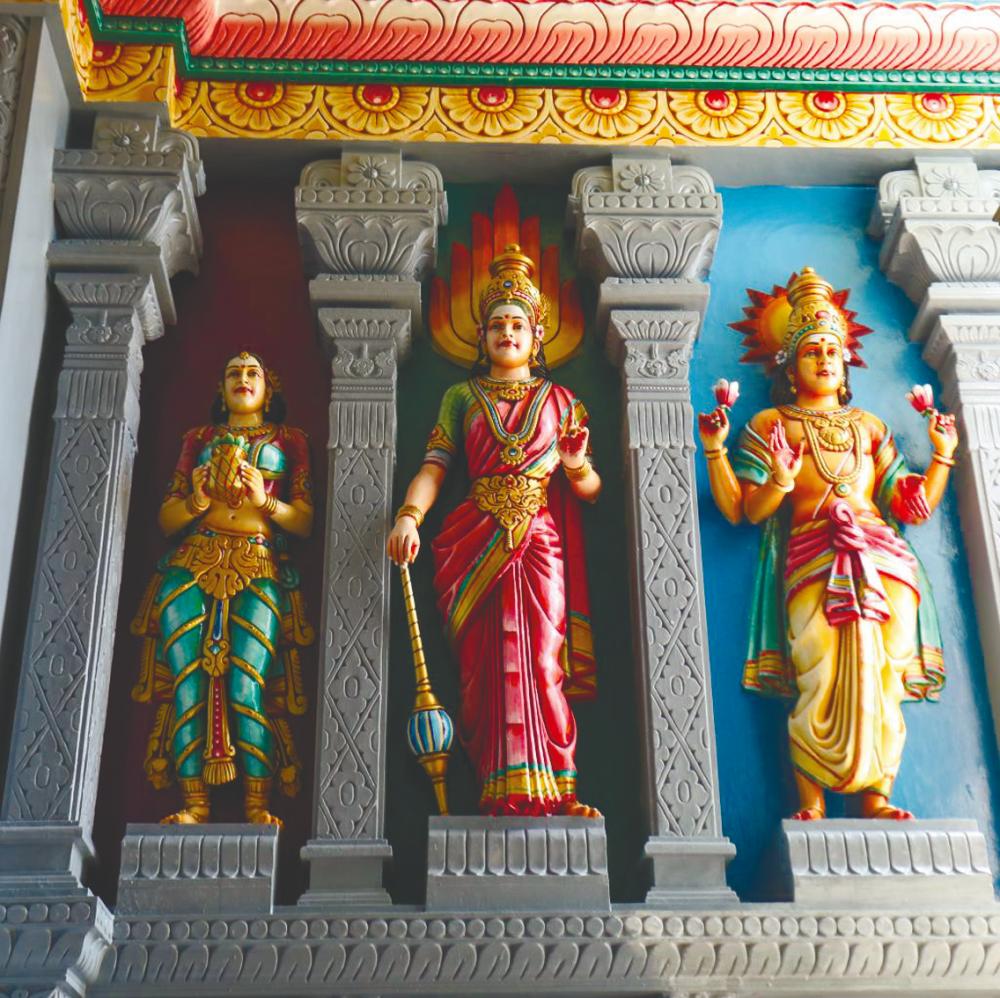FROM detailed wood carvings on temple doors to incredible paintings on ceilings, sculptures on tall towers (gopuram), chiselled stone pillars and majestic statues, temples showcase the finest ancient artworks.
Art has been an integral part of Indian culture, and ancient Hindu temples are modern-day art galleries on their own.
The sculptures are carved in every material found in nature, from wood and stone, to different types of metals like gold or brass, and nature-based colours derived from botanicals are used for frescoes, murals and paintings.
The Brihadeeshwara Temple in Thanjavur, built in the 10th century in Tamil Nadu, also boasts magnificent architecture, vimana (tall towers) and inscriptions that are still present even after a thousand years.
In any temple building, every inch is calculated and measured precisely before construction – even the size and weight of the brass bells hanging on top of it.
Thus, building a temple involves enormous calculations. We wonder how temple architects calculated a thousand years ago without advanced technology like computers or even calculators.
Just imagine the level of intelligence, craftsmanship and engineering skills of the architects who were tasked with designing the interior and exterior, as well as the artisans responsible for chiselling the countless statues.
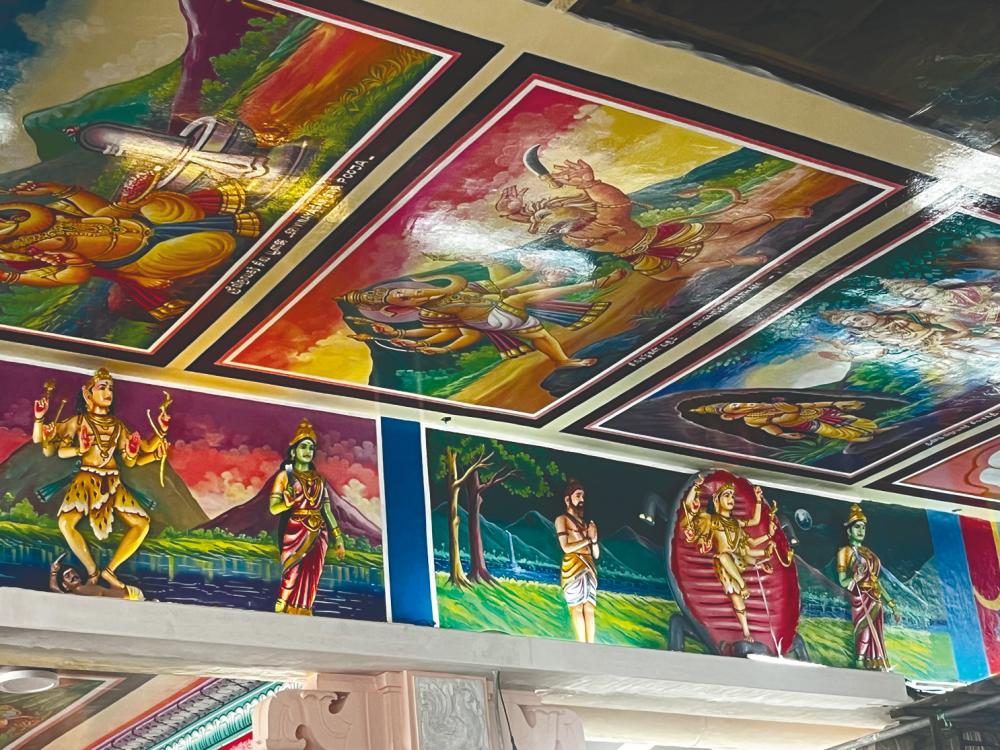
A temple of fine arts
There is so much complexity in choosing the right sculptures for a temple. To find out more, we met with the chief sculptor G. Radhakrishnan Sabathyar, 76.
Radhakrishnan has a long list of projects under his belt. Recently, he was commissioned to remake paintings and sculptures for the Sri Sakthi Easwari Temple in Sungei Way, Selangor.
He was also recognised as the Sirpa Kalanithi (Sculpture Art Master) in India by the Dharmapuram Adhina Sabathy, an organisation that recognises sculpture artists.
His passion for sculpture work began in childhood, but he started his journey into the field when he was about 16 years old.
He was watching his paternal grandfather craft statues at the Sempanar Koil Tharangabadi Temple in Sempanar Koil, Tamil Nadu, where he is originally from. The attractive, detailed works on the sculptures sparked his interest.
Later, he received training directly from his guru, Sithambara Govindaraju Mudaliar.
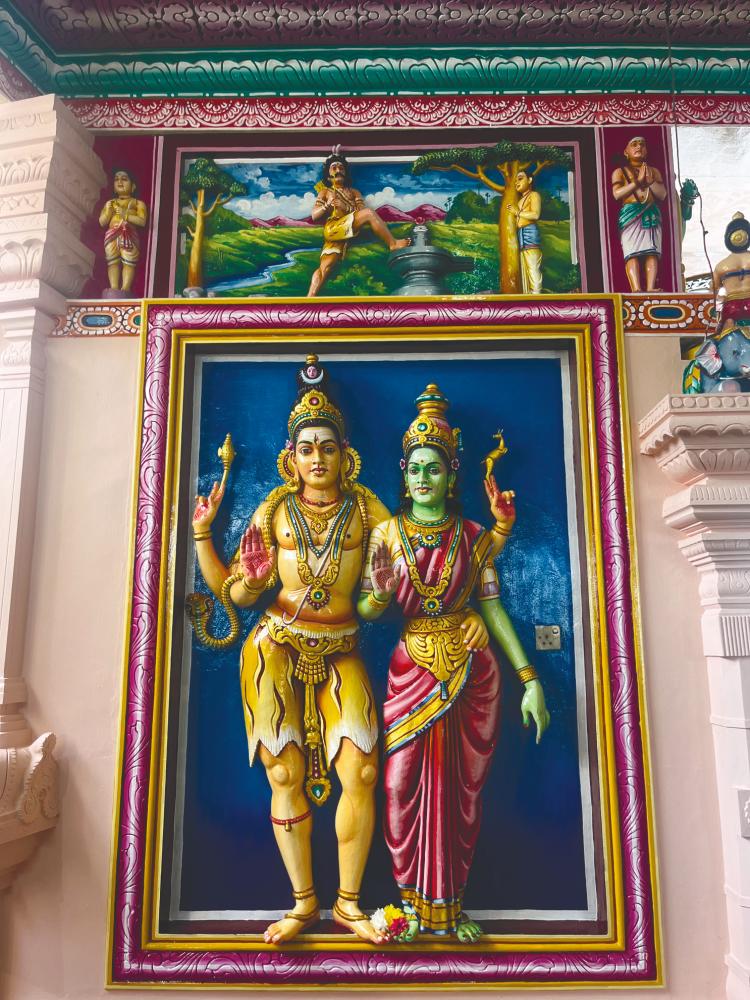
Under the guru’s guidance, the multi-talented artist mastered carving stone and wood statues, making statues using cement and metal, as well as painting, drawing and other related works.
In addition, Radhakrishnan acquired knowledge and education in Hinduism and temple design and later trained on-site for about a decade, before embarking on his own journey as an artist.
Over the past 55 years, he has created magnificent statues and eye-catching, colourful paintings on temples throughout South India, Singapore and Malaysia, and has been recognised for his outstanding work in other countries.
One of the most significant achievements of his career was making a gold Sri Shenbaavalli Amman statue for a temple in Singapore.
However, making a divine statue is not at all like crafting any other sculpture.
According to Radhakrishnan, it involves certain rituals that include prayers and the recitation of slokas (Sanskrit verses) before starting the work, as the artist is not just working with his hands but with undivided concentration of the mind.
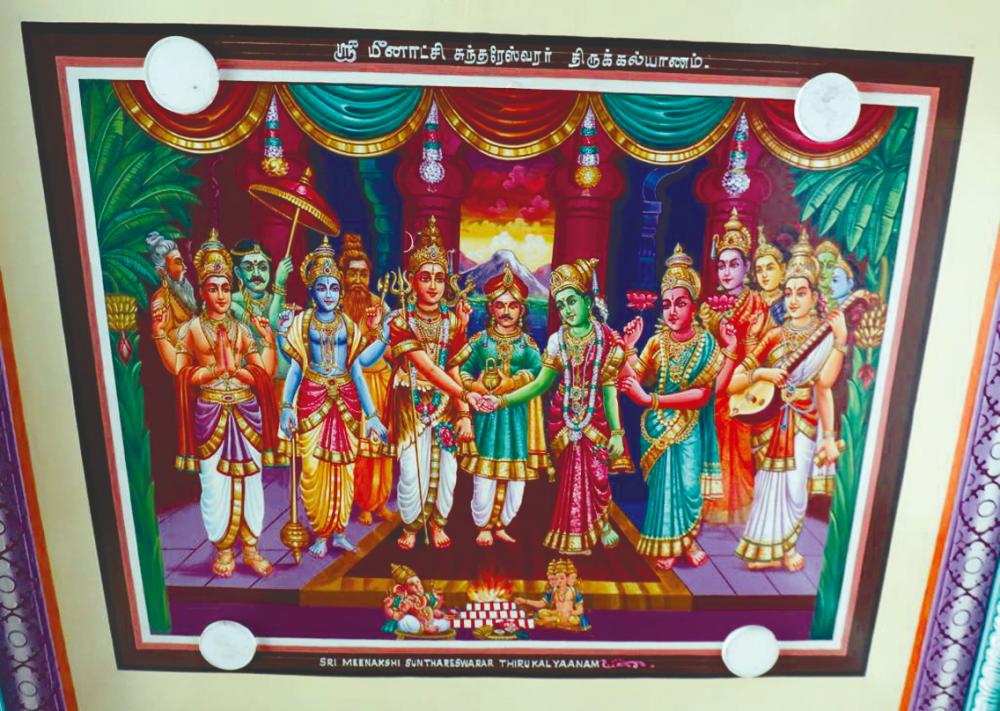
As such, the artist has to be completely focused, and go into sort of a meditative state during the process, and it could take days to finish one statue.
However, that is not the only challenge.
Radhakrishnan recalls making a statue of Lord Nadarajah in a dancing pose, with the figure standing on the left leg while the right leg is turned upwards, with the hands to the side.
“It is one of the most difficult statues for any sculptor because the right leg does not touch the ground, but the structure of the statue has to be balanced,” he said, adding that the complexity also extends to facial expressions and complicated hand gestures.
Apart from this, drawing and painting on the ceilings are also very challenging for him.
“Drawing on the ceiling is difficult because I have to draw and paint upside down, with my face looking up at the ceiling for hours and sometimes, for days, and this impacts my backbone.”
But despite suffering from back pain, Radhakrishnan says he enjoys his work.
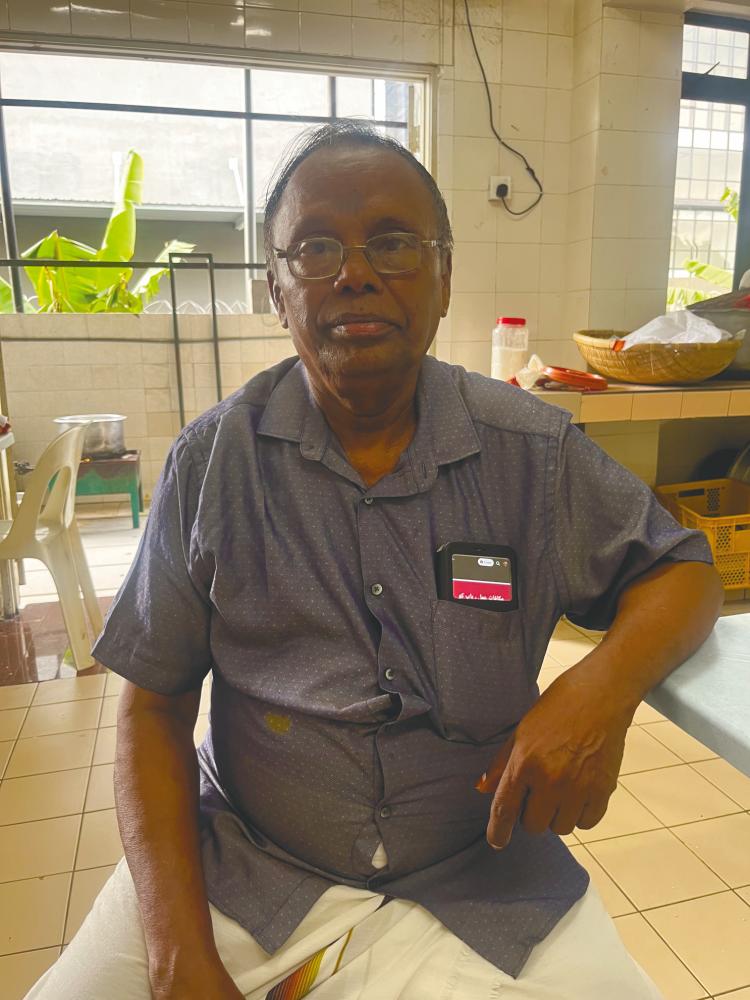
Unique temple design
Before building a temple, the architect must consider the position and direction of the temple based on the “Vastu Shastra” (traditional Indian architecture), calculations and measurements of every structure, including the vimana.
A temple comprises several areas – a main prayer hall or sanctuary dedicated the main deity, a smaller temple surrounding the main temples, a tower, a navagraha temple, a mandapam (hall) and others.
“Everything is calculated in terms of the number of statues, the right “avatars” of the gods and goddesses with distinctive features, and the directions and positions of the divine statues,” said Radhakrishnan.
“For example, the direction and position of the Sun God and Moon God. But most of the time, you would find Ganesha, Muruga, Shiva and Amman on the gopuram.“
The selection of statues may vary from one temple to another.
“Different sides of the gopuram would be facing different directions and would feature different divine statues, and it must relate to the main deity worshipped in the main temple.”
Sometimes, significant stories of the gods are depicted in paintings or sculptures on the brightly coloured and richly decorated towers.
“Every detail on sculptures and paintings has a meaning. For example, the number of hands on Goddess Kali and the details of the religiously symbolic items she carries, her attire, her facial expression, and her hand and leg movements and gestures,” he added.
“The measurements of these statues, including its height and weight, has to be accurate.”
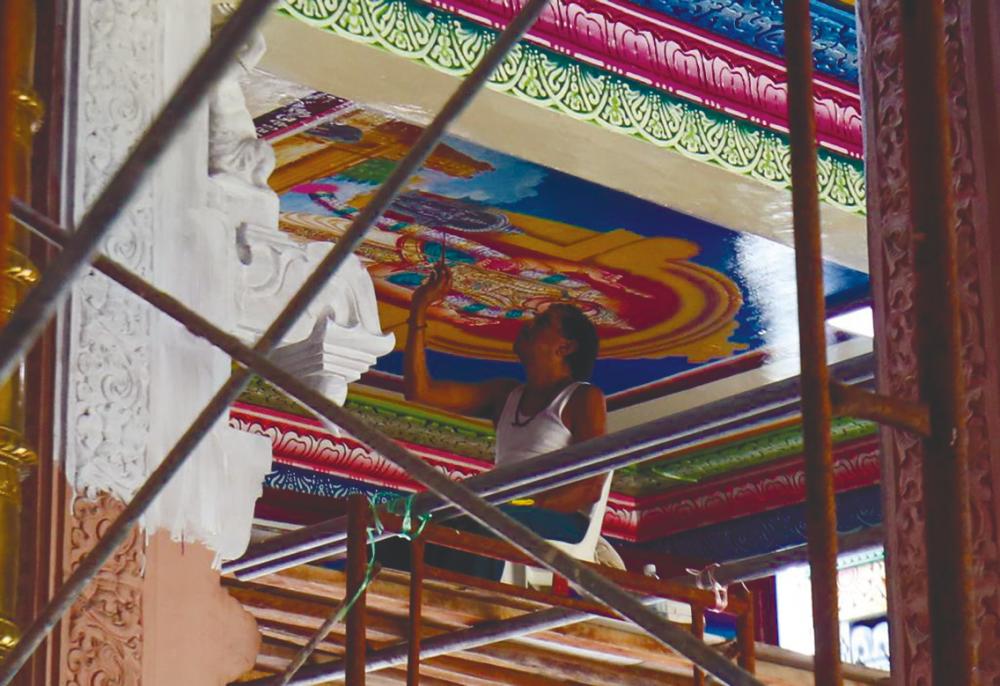
Apart from statues, artists often create religious symbols and mythological creatures like “Yali”, elephants and peacocks.
Radhakrishnan also adds his own creativity in his designs.
For the past few years, he has been supervising a team of sculptors and painters to recreate temple art.
He would draw up a draft, make the marks and pick the right shades of colour and shape of each object before commencing work. He comes up with each design and motif and decides on the right location of each paintings.
Currently, his team is painting the ceilings of the Sri Sakthi Easwari Temple. Repainting and sculpture work began in May and is expected to be completed by May 2023, in time for the “Kumbha Abhishegam”, a grand relaunch of the temple.



